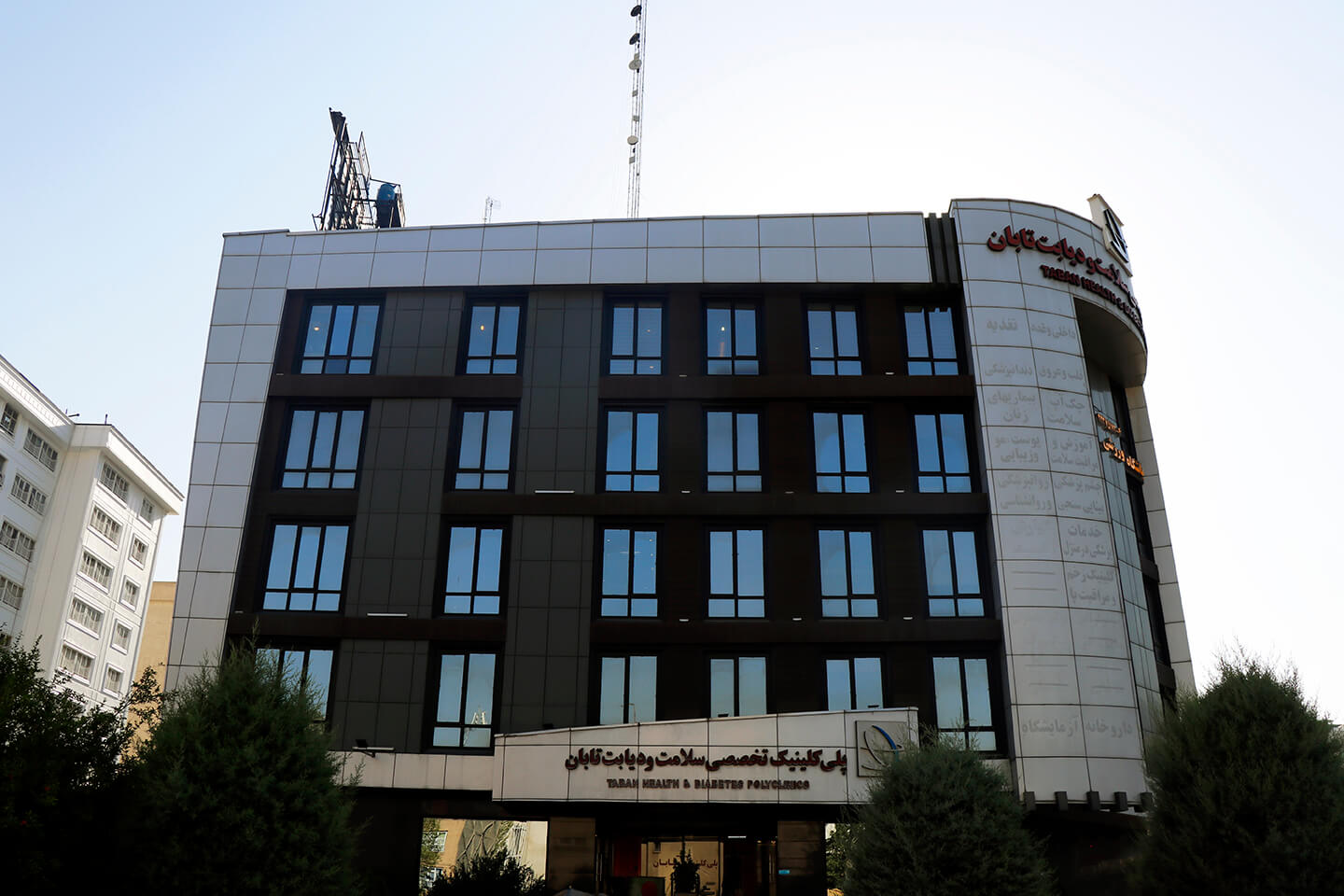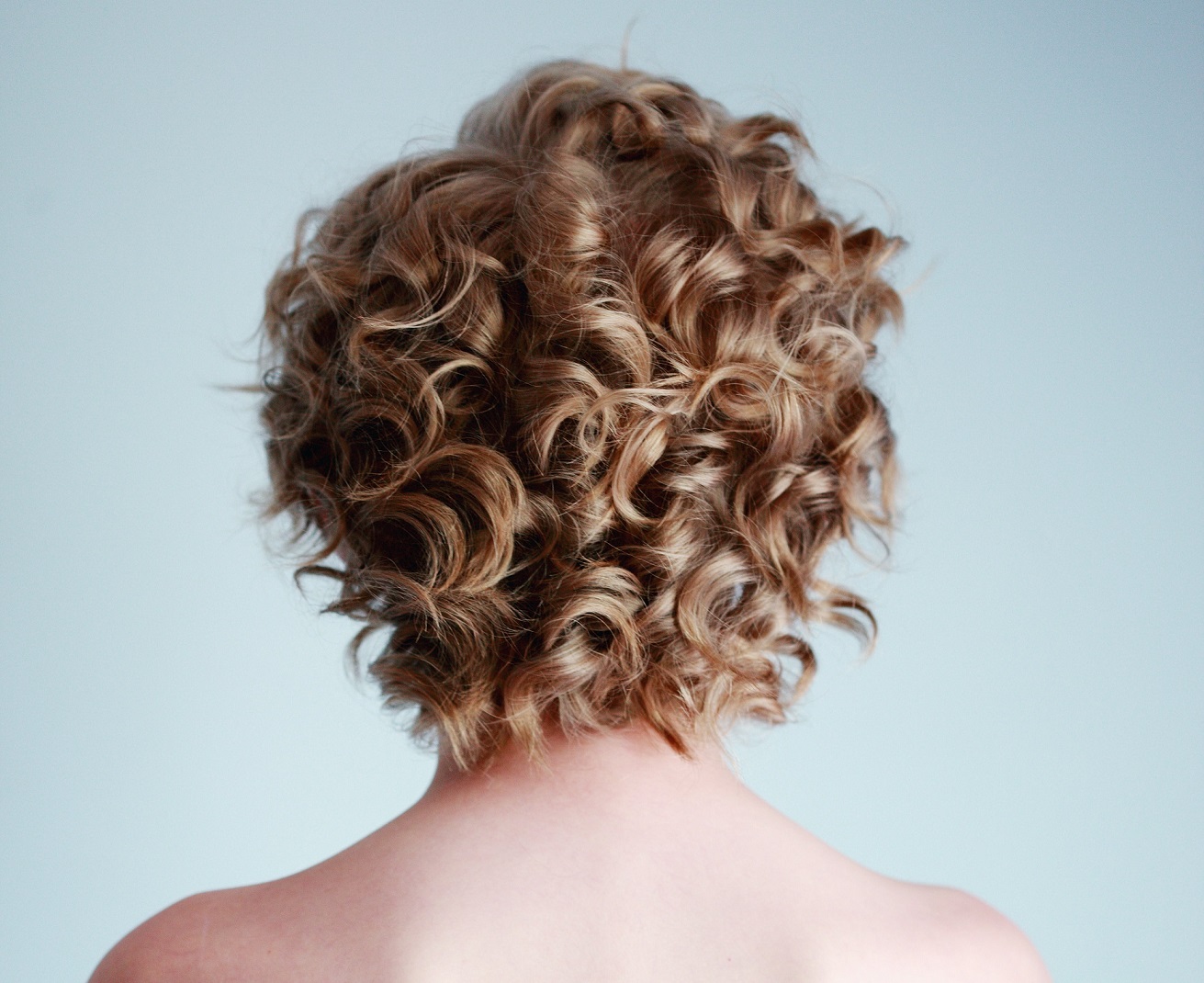
(6)
.jpg)
.png)
Hair loss is mostly caused by aging, hormonal changes, and a family history of baldness. If you suffer from this problem, you don’t need to worry since hair transplant can be an effective solution. This surgery is done to restore hair to areas of the scalp that are bald or have thinning hair.
During this operation, surgeons remove small pieces of hair-bearing scalp from a donor site and use them as grafts to be relocated to a bald or thinning area of the scalp. It's important to note that specialists use your existing hair to carry out this operation.
There are various types of hair replacement that can be adopted either alone or in combination to help patients obtain their favorable results. The major procedures are mentioned below:
It’s important to remember that surgeons have no limit in applying the available techniques.
Considering the new wave of interest in having cosmetic operations, many countries are trying hard to provide their patients withquality services and up-to-date facilities. Nevertheless, this is not the only significant issue. Hair transplantis held to be a complex procedure that must be implemented by a specially-trained plastic surgeon. Thus, in the very beginning,you must spend a lot of time searching about specialists in this field to be able to select the one with wide experience and considerable knowledge in this cosmetic surgery.During the past decade, citizens of neighboring countries have become interested in traveling toIran to get the surgery they want done by skilled Iranian doctors. The major reason is that Iran has topped among the countries with the high rate of plastic surgeries.
Based on the recent studies, three out of five men in Iran start to go bald before the age of 50. Accordingly, the number of candidates who are eager to get this operation is on the rise. Another important point to mention is that by traveling to Iran you can have an easy access to a powerful society of board-certified and proficient specialists who not only have possessed vast knowledge of their field but also are equipped with many years of experience. Iranian surgeons have become so popular in doing cosmetic surgeries particularly hair transplantsince they conduct many procedures successfully every year. Most of them have graduated from elite universities and then completed special courses and fellowships in plastic surgery in modern clinics. Moreover, majority of them are members of American and European societies of plastic surgery or other specialties. Consequently, you can make sure that they willexplain the whole procedure to you and determine the most effective technique based on your goals and needs. In this case, you can obtain your favorable outcomes with no worries at all.
Another issue which is worth mentioning is that the results of hair transplant in Iran are reported to bring a high level of safety and satisfaction for all candidates. A study carried out on the success rate of hair transplant in Iran clearly shows that this operation offers a high rate of success with the least possible complications and risks. This research also reveals that the satisfaction level of the transplanted hairline in about 60% of patients was perfect and in 40% was fine. Thus, it would be reasonable if we claim that Iran is a highly successful country in offeringexcellent hair transplant services.
In addition to all the aforementionedpoints, you must remember that selecting a good surgeon for your hair transplant is a critical step. By searching about the number of operationsperformed by specialists, following their experiences, and before-after galleries you can easily find the one who can help you address your needs in the best way possible.
Average hair transplant cost in Iran ranges from $800 to $2,000 that usually includes doctor visit, clinic, anesthesia, post-op recovery, follow-up, etc. This price is mostly determined considering the patient’s baldness and the number of grafts a patient needs. The costmayvary depending on the doctor’s reputation and level of expertise, the complexity of the surgery, and similar issues. If you want to lower the cost, it’s better to ask less experienced surgeons to carry out this operation for you.
In the first place, you might think that cheaper treatment administered in Iran is the primary reason patients consider when traveling to this country for undergoing their operation. However, none of the candidates has referred to this issue as their motivation so far.
It should be indicated that there is a big difference between the cost of hair transplantin Iran and other countries. For instance, the cost of hair transplant is between $4,000 to $16,000 in the US and Europe, around $2,000 in Turkey, and $3,000 in India and Thailand.As a result, by comparing the costs of this surgery in several countries popular in this regard, you will be able to make a rational decision and choose a destination that offers you efficient services in its specialized hospitals.
These days, Iran is attracting individuals from all over the world to its main cities like Tehran and Shiraz, because of:
• Low cost of in hair transplant in Iran
• Low cost of accommodation in Iran
• High demand for this operation in Iran
• Experienced and knowledgeable specialists
In a nutshell, if you are thinking of undergoing cosmetic surgeries, specially hair transplant, having Iran at the top of your priority list is highly recommended.
Individuals who think of getting this surgery should have dense healthy hair at the back and sides of their head that serve as donor areas; the places on the head from which grafts and flaps are taken.
Among all available methods, flaps, tissue-expansion, and scalp-reduction are techniques that are mostly recommended to patients who intend to make a more considerable change. This operation might not be suitable for people with very little hair.

Hair transplant surgery is typically conducted using either a local anesthesia or general anesthesia depending on the complexity of the operation. Just before implementing the procedure, the donor area will be trimmed short so that the grafts can be directly accessed.
In the beginning, surgeons use a special tube-like instrument that punches the round graft out of the donor site so it can be replaced in the area to be covered, mostly the frontal hairline. To maintain healthy circulation in the scalp, specialists place the grafts about one-eighth of an inch apart.
When they are taken, your doctor may inject small amounts of saline solution into the scalp to maintain proper skin strength. Then, the donor site holes may be closed with stitches, which will be hidden with the surrounding hair.
At the end of the process, the scalp will be cleaned and covered with gauze. In later sessions, the spaces between the plugs will be filled in with additional grafts. It’s significant to note that the amount of coverage you need depends on the color and texture of your hair. While light-colored hair affords better coverage, dark-colored hair does not. After the surgery, you may have to wear a pressure bandage for a day or two.
The length of the recovery process will be determined by the complexity of the whole process. If you use bandages, they will be removed after a day. You will be permitted for washing your hair gently using mild shampoos within two days. Swelling or pain, probable complications of this surgery, can be easily controlled with pain medication such as ibuprofen (Advil) if prescribed by your doctor.
All stitches will be usually removed in a week. Afterwards, you can go back to work and do your routine daily activities. However, since strenuous activity can increase blood flow to the scalp and may cause your transplants or incisions to bleed, you will have to avoid exercising. During the first month after the operation, your doctor will check the incisions several times to ensure that they are healing properly. If you follow your specialist’s instructions carefully, the recovery process will be accelerated.

In general, several sessions will be necessary to obtain satisfactory fullness. Between each session, there is usually a healing interval of several months. Naturally, between two to eight weeks after the surgery, the transplanted hair may fall out. In this case, your dermatologist recommends medicine to treat hair loss. In addition, transplanted hair may not grow much or match the hair around it for a few months as well. You don’t need to worry about these matters because they are part of the process.
Typically, majority of patients see the results between six to ten months after operation, but sometimes, you may have to wait for about two years to enjoy the final results. After passing the healing process successfully, your appearance will be significantly enhanced, and your self-confidence will be boosted.
Beside all these issues, there is one important point that should be indicated. The results of hair transplant won't necessarily match the ideal image you have in your mind since several factors like hair color, texture, waviness, or curliness may influence the cosmetic result.
During your hair transplant consultation, you should talk to a board-certified plastic surgeon with good before-and-after photos about your goals and expectations, medical conditions such as drug allergies, and current medications like vitamins or herbal supplements you use. Prior preparation is an important step in this process.Then, your surgeon will:
Hair transplant scars are a main source of anxiety for majority of men and women who have undergone this surgery. Even with advanced hair transplant techniques, no physician can completely prevent the continuation of hair loss followingoperation. As time passes and more hair is lost, many individuals decide to have further surgeries to mitigate against thinning of their hair. Needless to say, such procedures result in more scarring and of course there will be less hair available for covering the scars.
While performingthis surgery, all specialists employ several techniquesto reduce the size of the incisionscreated through the FUT as much as possible.Keep in mind that as you grow older, your scalp will start to sag gradually. This might make the scalp reduction scar wider or even more noticeable.
Generally, there are four types of scars that patients carry, depending on the surgical method implemented by the doctor:
Each one of these scars will pose different challenges. The nature of how they can be concealed is quite different too.
To what degree the stitches can be hidden highly depends on several factors which mainly include:
It’s important to note that some kinds of stitches like keloid scars may be harder to conceal compared to others. The major reason is that keloids are raised scars that grow larger than the original scar. In most cases, they continue to grow over months or even years. If you have previously had a keloid scar, you must let your doctor know before getting any type of hair transplant operation.
Another alternative is grafting hair follicles into the FUT stitch using the FUE method. The thickness of the scar will usually determine the effectiveness of this solution. In some cases, scar tissue can be thinned using several medications too.
Remember that scarred skin may not always hold onto the grafts as well as healthy skin. In the consultation meeting, your doctor will tell you if this procedure works.
Besides the techniques adopted by your surgeon, you can easily conceal the scarred area through cosmetic products. The stitches can be easily hidden as your hair grows over the donor area.
Other methods for hiding the stitches are:

Because the hair follicles transplanted to the balding areas are genetically resistant to going bald, they will continue to grow for a lifetime.
No. The reason is that surgeons usually make tiny incisions to the recipient area and hide them under existing hair afterwards. Therefore, no one will notice them.
Most people are surprised when they see how little pain there is during the procedure. Some discomfort is expected as the local anaesthetic is injected into the scalp. Once the skin is anaesthetized, there is no pain.
Hair growth is a slow process even in individuals who don’t suffer from hair loss. Sometimes, you may have to wait for about three to four months to see the initial signs of growth. The reason is the hair’s natural growing cycle.
If this is one of your concerns, you can wear a hat or stay at home for at least three weeks because the surgical area will be shaved down in the operation to provide an ideal surgical environment and to protect existing hairs. Accordingly, it will be red and a little obvious for a while.
As time passes, the hair grows slowly. You may be asked some questions about the changes made in your new appearance but almost no one can say for sure that you have got hair transplant surgery particularly if minimal work has been done.
When work is done in areas where there is existing hair, you might possibly lose some of it. It usually happens if the hair is weak. After a while, the growing process starts again.
Who can get hair transplant surgery?
These days, almost fifty percent of men over the age of 50 deal with the hair loss problem. As a result, hair transplantation is the most common cosmetic surgery for men. Many women experience hair loss or thinning problems as well.
Genetic features, aging, injuries, or some medical disorders can be mentioned as the major reasons of hair loss. Hair transplantation can be successfully carried out for all people who suffer from considerable hair loss without considering the cause.
The operation will be typically completed within a few hours, depending on the amount of hair loss. If the hairless area is too large, several sessions may be necessary to complete the treatment.
Through the procedure, the hair follicles or grafts taken generally from the nuchal area will be transplanted to the targeted hairless area. If there is not a sufficient amount of healthy hair in the nuchal area or in the temporal region of the patient, hair follicles might be taken from other body parts with hair, such as the arms or the chest wall.
To achieve your desired results from the operation, the hair follicles should adhere in the area where they are placed. If your surgeon chooses the most suitable technique for your operation, the success rate of the whole procedure will be high. For a natural look, the hair should be transplanted to the hair loss areas with a correct distance, correct angle, and correct density.

Instead of using expensive products for hair care, it’s better to develop some regular healthy habits to have shiny smooth hair.

White and gray hairs may start to grow at any age and can be caused by a variety of factors.

After having some operations such as hair transplant, you need to go through several stages to achieve your desired goals.